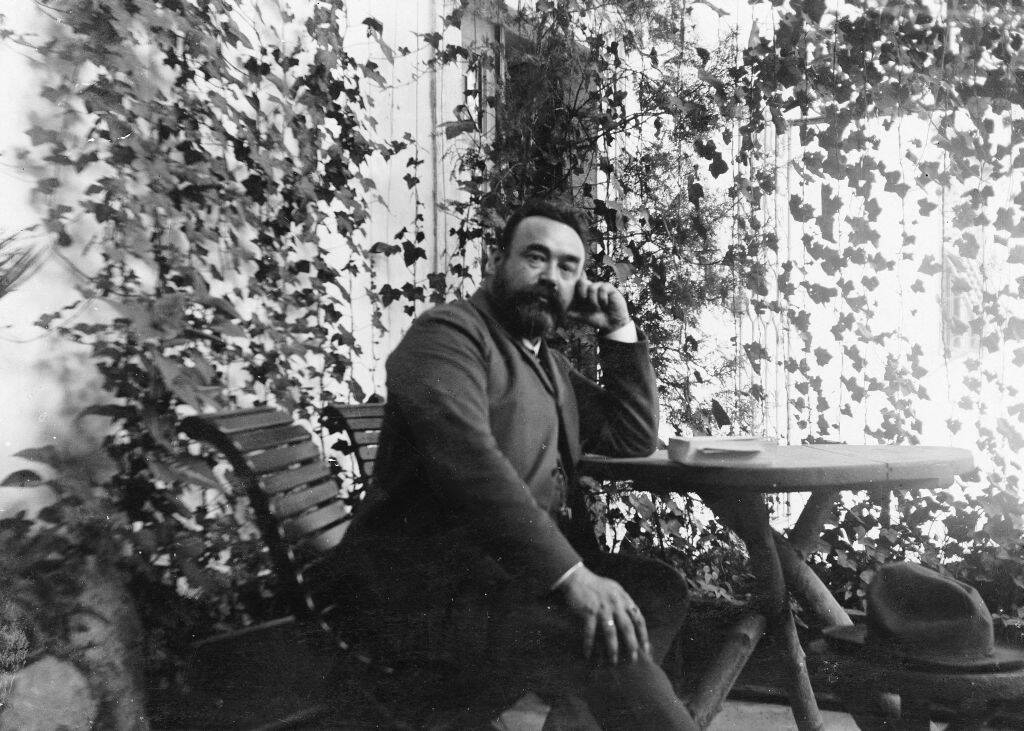History
The history of the Institute starts on 12th January 1874, when the Tyrolean Parliament in Innsbruck decided to open an agricultural school and a research centre in S. Michele all’Adige.
Dr. Edmund Mach was placed in charge of the Institute. He was an Austrian, son of a cavalry officer, a graduate of the University of Vienna, and at the time a young and brilliant assistant at the research station of the Oenological and Pomological Institute in Klosterneuburg, Vienna.
Edmund Mach presented a project which from the very beginning envisaged, among others, for an experimental station alongside the school, with attached farm, the institute being designed to serve inhabitants of the Tyrol on both sides of the Alps, both German- and Italian-speaking.
The original statute established that the role of the school was not only to train competent farmers, but also to coordinate its activities with the experimental station and the farm, seeking to improve the characteristics and potential of Trentino agriculture.
Under the expert guidance of Mach, the school and experimental station in San Michele, initially designed to satisfy the needs of the South Tyrol alone and set up with modest funding, became known as a “model institute”. Its fame soon extended beyond the frontiers of the region, making the names “Mach” and “San Michele” renowned in the field of viticulture.
It was an approach which was to characterise the institute throughout its history and which today takes concrete form in the relations between the school, research and the technical support provided to companies and farms.
After Edmund Mach there were a series of valid directors. Of these, a prominent figure was Prof. Enrico Avanzi, an academic professor who who gave a strong scientific stimulation to the Institute. He also carried out extensive work in the cereal, fruit and vine cultivation sector, supported by extremely significant studies carried out by Rebo Rigotti, a very talented researcher working in a wide range of fields. Rigotti also turned his attention to the genetic improvement of vines, obtaining new crosses, including the by now well-established autochthonous black grape variety which bears his name (“Rebo”).
After the Second World War the figure of Bruno Kessler stands out. In his dual role as President of the Autonomous Province of Trento and President of the Agrarian Institute, he gave the Institute a new lease of life, understanding the outstanding value of the agrarian sciences for Trentino - and not only. It is above all thanks to Kessler that the school in San Michele was updated and renewed in the 1970s, preparing for the challenges of modern times and opening up to collaboration with other European scientific institutions, above all in the German-speaking area.

